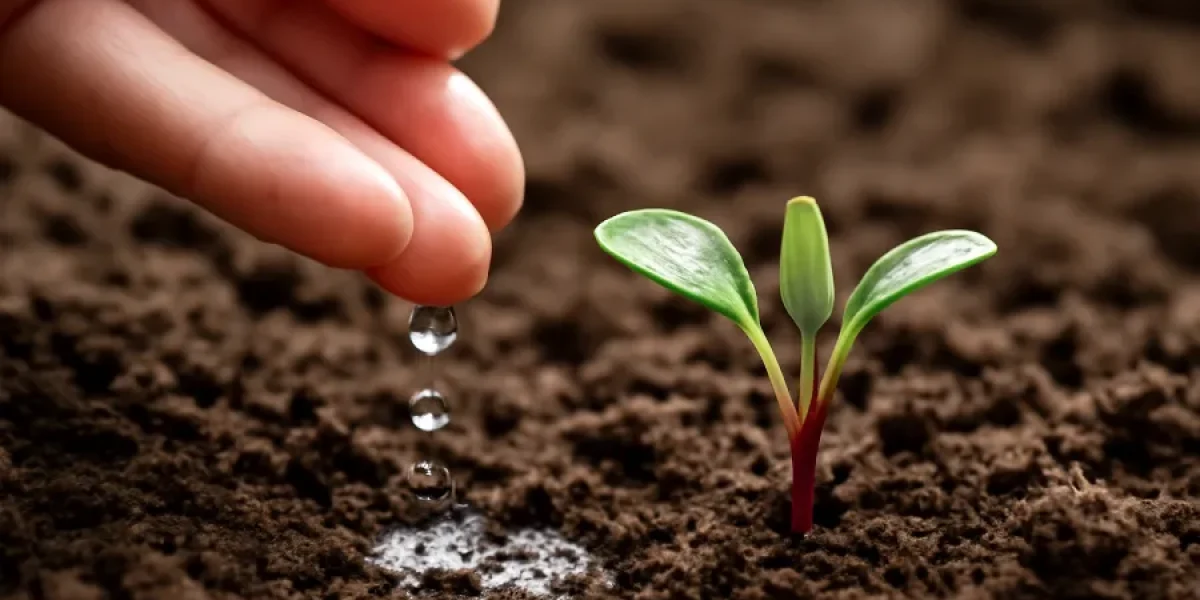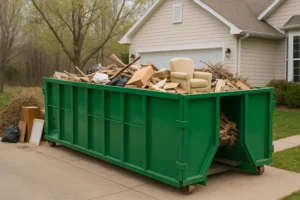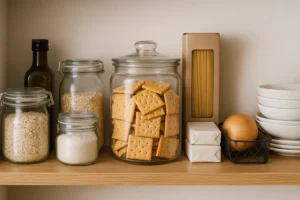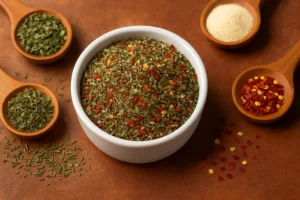If you’ve ever wanted to grow golden beets, you’re in for a treat. These vibrant, sweet-tasting root vegetables are not only a feast for the eyes but also a delight for the palate. Growing golden beets from seed can be incredibly rewarding, whether you’re a seasoned gardener or just getting started. In this guide, I’ll walk you through everything you need to know about planting, growing, and harvesting golden beet seeds in your garden.
Golden beets are a great addition to any vegetable patch. Unlike the earthy taste of red beets, golden beets are milder, sweeter, and not as messy. Plus, they’re packed with nutrients, including fiber, potassium, manganese, and vitamins A and C. They’re an excellent source of antioxidants and make for beautiful, flavorful additions to your meals. Let’s dive into how to grow them in your garden!
Starting with Golden Beet Seeds
Golden beet seeds are unlike regular seeds. Each “seed” is actually a cluster of seeds, which means that when you plant them, you will often see multiple seedlings sprouting from a single cluster. As these seeds germinate, they’ll form small, tender shoots that will eventually mature into the larger beet roots you’re hoping for. Knowing this helps set expectations for thinning seedlings once they begin to grow.
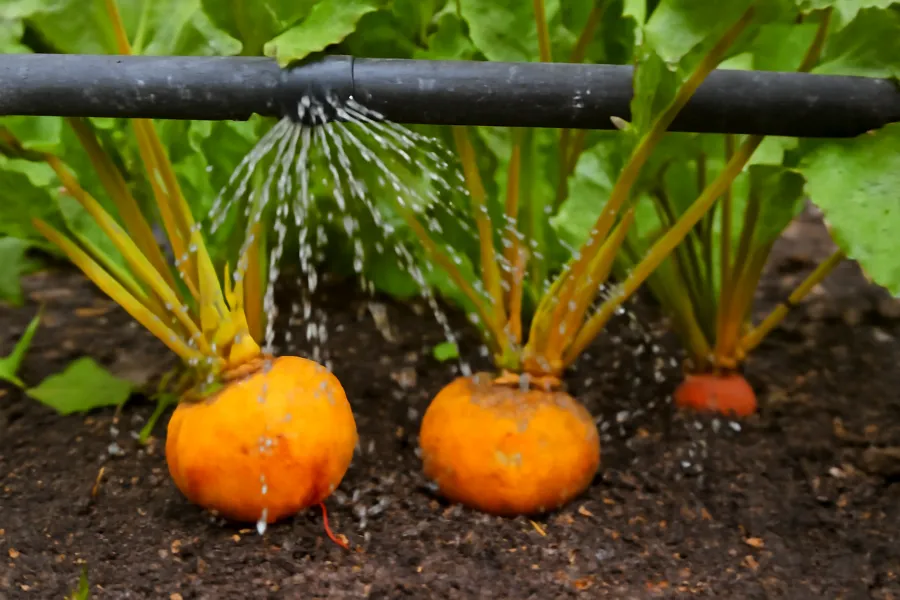
Why Choose Golden Beets?
Golden beets have a number of advantages over their red counterparts. First, their mild, sweet flavor makes them ideal for people who find red beets too earthy or strong. Their golden hue gives them a striking appearance in salads, soups, and roasted dishes. Plus, they’re less likely to stain your hands, cutting boards, or clothing during preparation, which is a huge benefit for many gardeners.
Golden beets also grow relatively easily in a variety of conditions, making them an excellent choice for gardeners of all experience levels. If you’re looking for a vegetable that’s easy to grow, nutritious, and versatile in the kitchen, golden beets are a top choice.
Growing Beets: Preparing Your Garden
Beets, including golden beets, thrive in well-draining, loose soil. The right preparation will give your seeds the best chance for success. Here’s how I prepare my garden for planting golden beets:
Soil Preparation
Golden beets need soil that’s loose and well-draining, so start by loosening up the earth with a garden fork or tiller. I typically till the soil to a depth of about 12 inches to ensure that the beet roots can grow freely. Adding organic matter such as compost, well-rotted manure, or garden soil amendments will improve the texture and fertility of the soil, allowing your beets to grow better and yield larger roots.
Beets prefer slightly acidic to neutral soil, with a pH between 6.0 and 7.5. I always check the pH levels of my soil before planting. You can buy an affordable soil testing kit at your local garden center to ensure you’re planting in the right conditions.
Sunlight and Spacing
Golden beets are sun-loving plants, requiring at least 6 hours of direct sunlight a day. If you have a sunny spot in your garden, that’s the ideal location for them. Beets are not as sensitive to heat as other crops, but they do benefit from a consistent warm environment.
As for spacing, I plant my golden beet seeds about 1 inch apart in rows. When sowing seeds, I ensure that each row is about 12 inches apart, which gives the plants enough room to grow their roots without crowding. After the seeds germinate and seedlings appear, I thin them to about 3 inches apart to give each beet plant enough space to fully develop.
How to Plant Beets
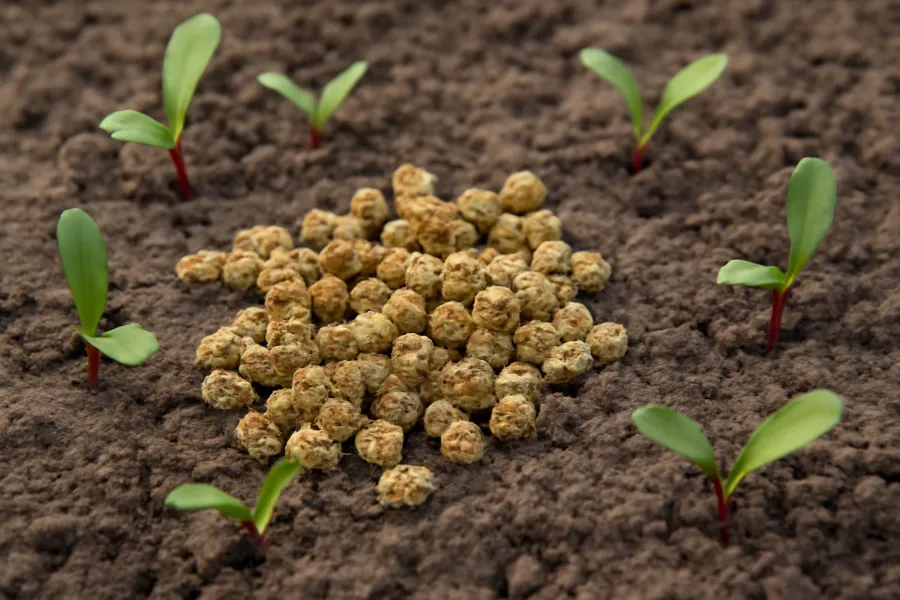
Planting golden beet seeds is relatively easy, and you can start them directly in the garden bed. If you’re new to planting beets, don’t worry—just follow these simple steps to get started:
Planting Depth
Golden beet seeds should be planted about ½ inch deep in the soil. I like to make small furrows with a hoe or my fingers, drop the seeds in, and lightly cover them with soil. It’s essential not to plant them too deep, as this can hinder germination.
Watering and Germination
Beet seeds need consistent moisture to germinate. I keep the soil evenly moist but not waterlogged during the germination period. In my experience, beets typically begin sprouting 7-10 days after planting. If your climate is dry or the soil is sandy, you might need to water a bit more frequently to keep it from drying out completely.
Once the seeds start sprouting, I make sure the seedlings have enough space to grow by thinning them. This step is important to prevent overcrowding, which could result in smaller roots and unhealthy plants.
Beet Gardening Tips for Healthy Growth
Golden beets are relatively easy to care for, but there are a few tips I always follow to ensure a bountiful harvest.
Fertilization
Beets are light feeders, so you don’t need to over-fertilize. However, they do benefit from a balanced, slow-release fertilizer to encourage healthy growth. I usually apply fertilizer once during the growing season. A good rule of thumb is to use a fertilizer with equal parts nitrogen, phosphorus, and potassium, like a 10-10-10 blend.
If you’re using organic methods, compost is a great choice for fertilizing beets. It provides a steady supply of nutrients without overwhelming the plants with chemicals.
Watering
Beets thrive with consistent moisture, but they don’t like to sit in soggy soil. I water deeply once a week, ensuring that the soil is moistened to a depth of about 6 inches. If the weather is particularly dry, I might water more frequently. Beets do well with drip irrigation or a soaker hose, as it minimizes water splashing on the leaves and helps prevent diseases.
Mulching
Adding mulch around your golden beet plants can help retain moisture in the soil and keep weeds at bay. I use organic mulch such as straw, grass clippings, or shredded leaves. Not only does this help with moisture retention, but it also helps maintain an even soil temperature, which is essential for healthy root development.
Weeding
Weeds are a common problem in vegetable gardens, and they can quickly take over and compete with your beets for nutrients. I make sure to weed my beet garden regularly, but I do so gently so as not to disturb the shallow beet roots. Early weeding is key to keeping the plants healthy and avoiding competition for resources.
Root Vegetables: Harvesting Golden Beets
Golden beets are typically ready to harvest within 50 to 70 days, depending on the variety and growing conditions. The best way to tell if your beets are ready to be harvested is by checking their size. I usually wait until the roots are about 1 to 3 inches in diameter.
Harvesting Process
To harvest the beets, I use a garden fork to loosen the soil around the root carefully. Beets have a delicate taproot, so it’s important to be gentle when pulling them out of the ground. Once the beets are pulled from the soil, I trim off the tops, leaving about 1 inch of stem.
Storing Your Harvest
Once harvested, golden beets should be stored properly to extend their shelf life. I recommend storing them in a cool, dark place. If you’re planning to use them within a couple of weeks, you can store them in the refrigerator. Be sure to keep them in a perforated plastic bag to allow for air circulation, which will help prevent mold.
Beet greens are also edible and nutritious. I always keep the beet tops to use in salads or cooked dishes. They can be sautéed, used in soups, or mixed into other leafy greens for a healthy addition to any meal.
Vegetable Gardening with Golden Beets
Golden beets are versatile and can be planted alongside many other vegetables. They do particularly well when paired with other cool-season crops like kale, lettuce, and spinach. By planting them together, I maximize space in my garden and create a diverse ecosystem that’s better for pest control and soil health.
You can even plant golden beets in containers if you have limited space. Just make sure your container is at least 12 inches deep to accommodate the roots. Beets in containers tend to grow a bit smaller but can still yield a delicious crop.
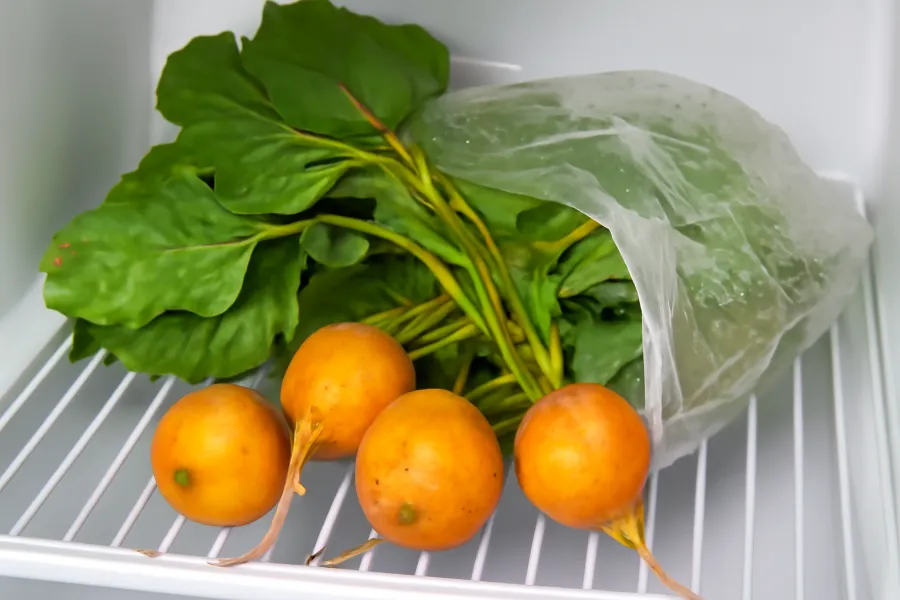
Final Thoughts
Growing golden beet seeds from scratch has been one of the most rewarding experiences in my gardening journey. Not only do they add a pop of color to my vegetable patch, but they also provide a sweet, mild flavor that’s perfect for a variety of dishes. With just a little care, patience, and the right conditions, you’ll be enjoying a delicious harvest of golden beets in no time.
If you’re new to growing beets, or gardening in general, golden beets are a fantastic vegetable to start with. They’re easy to grow, low-maintenance, and incredibly nutritious. So why not give them a try in your garden this season?
Happy gardening!
FAQs
The best time to plant golden beet seeds is in early spring or late summer. Beets prefer cooler temperatures, ideally between 50°F and 85°F (10°C to 29°C).
Plant golden beet seeds about ½ inch deep in the soil. Make sure to cover them lightly with soil and water gently to ensure proper germination.
Space your golden beet seeds about 1 inch apart in rows that are 12 inches apart. After germination, thin the seedlings to 3-4 inches apart to give each plant room to grow.
Yes, golden beets can be grown in containers as long as the container is at least 12 inches deep. This allows the roots to develop properly and gives you flexibility in smaller spaces.
Golden beets need consistent moisture, especially during germination. Water them deeply once a week, or more frequently if the soil dries out, but avoid waterlogging.
Golden beets prefer loose, well-draining soil that is rich in organic matter. The soil pH should be between 6.0 and 7.5 for optimal growth.
Golden beets are ready to harvest when their roots are about 1 to 3 inches in diameter, typically 50 to 70 days after planting. Gently loosen the soil around the root and pull the beet out carefully.

